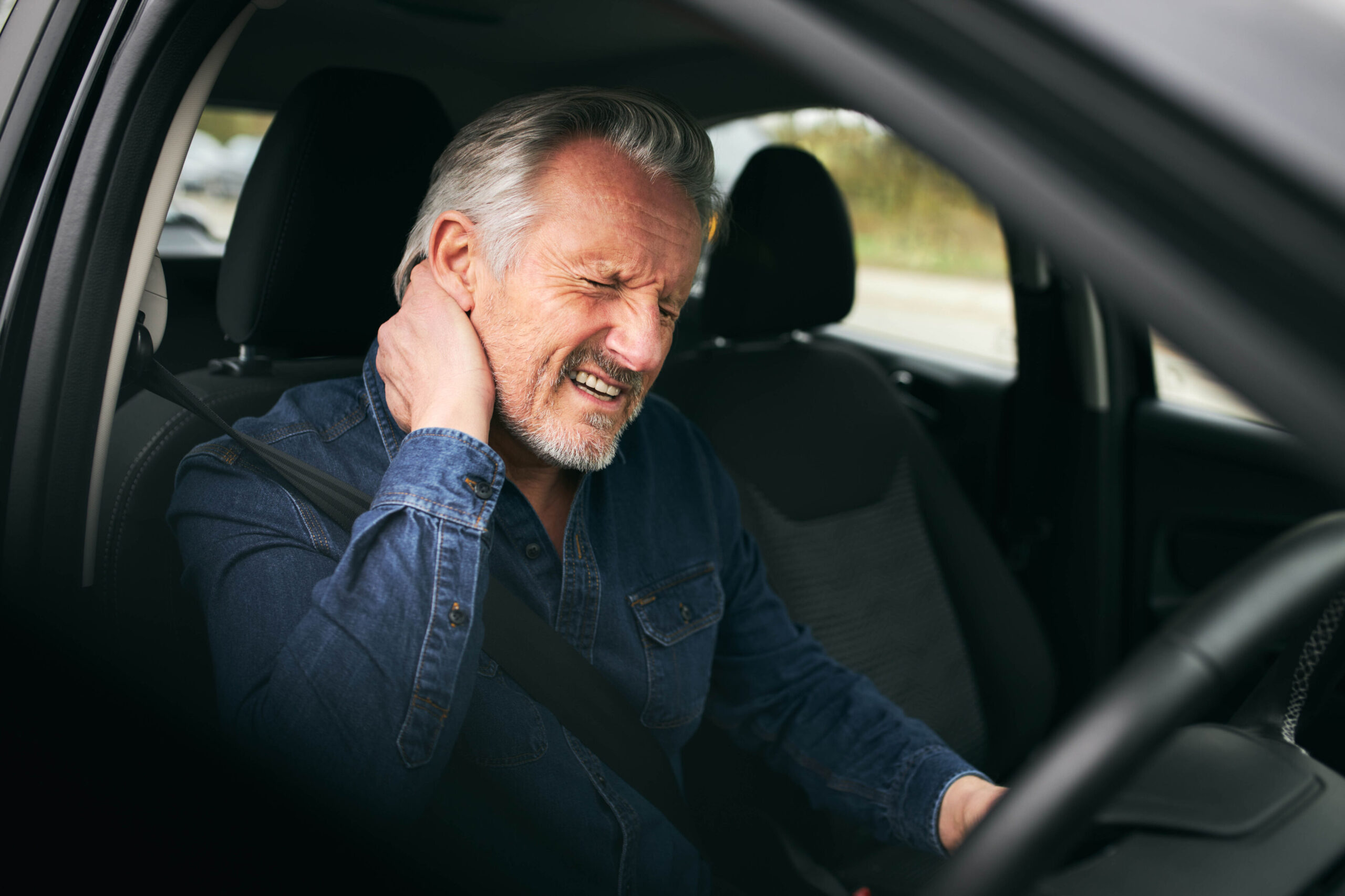- There are approximately six million drivers aged over 70 in the UK, with more than 1.5 million aged 80-plus
- Bodies are designed to move, so set a maximum driving time to ensue you’re not stuck in the same position for too long
- Small adjustments sometimes bring big improvements. For example, moving your seat forward just a little could ease pressure on your body and improve your comfort
Discomfort and lower back pain are frequent complaints reported by older drivers, but road safety and breakdown specialist GEM Motoring Assist says there are often simple solutions that can make driving life more comfortable.
With around six million drivers aged 70 or over on the UK roads – that’s almost 14% of all licence holders1, GEM says it’s no surprise that the prevalence of muscle and joint pain has been increasing2. Not only is it unpleasant in its own right, it can also create a distraction when you need to focus fully on safe driving. That’s why it’s a bad idea to put up with it.
Minor adjustments – such as changing the seat position or using an inexpensive lumbar support – can often lead to big improvements. Taking these steps helps keep you active and mobile for longer, something experts know is key for health, independence and well-being, says GEM.
GEM head of road safety James Luckhurst commented: “As we age, natural changes can lead to back and neck pain, stiffness and reduced flexibility. Some people will really feel it after driving, while others experience few or no symptoms at all.
“For those who do experience discomfort, the important thing is to do something about it and not just to assume it’s something you have to live with. Poor driving posture, for example, can lead to aches and pains, especially on long journeys, but it can usually be corrected with a few minor adjustments, such as changing the seat position or utilising a lumbar support.”
GEM’s tips for a more comfortable journey:
- Self-help is the best starting point. Adjust your seat and steering wheel to ensure a supportive, upright position with just a slight bend in the arms.
- If you’re in any sort of discomfort on a journey, pull over somewhere safe and legal, get out of the car, straighten any clothing which may have twisted and get the correct trouser belt position so it doesn’t pull on your lower back when in the driving seat. Also remove anything large from pockets (including wallets and phones in back pockets).
- Use lumbar support or a small cushion to support your lower back.
- Take regular breaks on journeys and use the opportunity to stretch and move about away from the car.
- If your vehicle has seat heating, use it to ease any muscle discomfort.
- If you have any more serious concerns, or your pain is not going away, talk to your GP who should be able to refer you for further expert help.
- You may consider whether the car you drive is still right for you. Next time you change your car, make sure you prioritise your comfort and safety.
